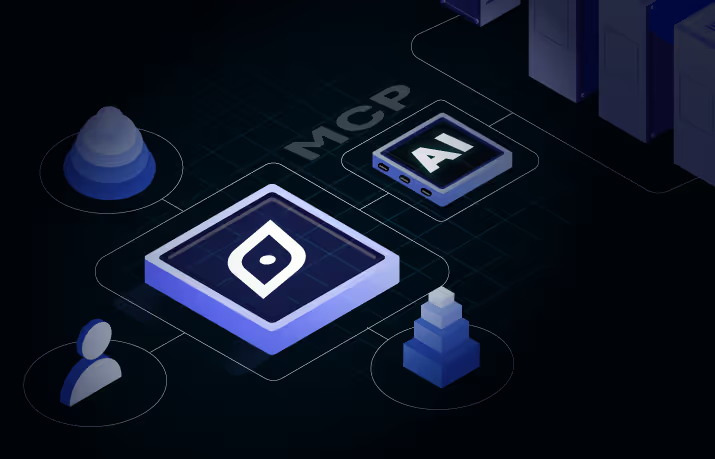Enhancing AI Talent Acquisition: Detailed Cost Insights for Onboarding Target Talent
Imagine initiating a significant business expansion without a clear visibility on how the cost model will evolve— that is exactly what hiring in a new location without a detailed cost analysis could look like. Although bypassing detailed cost analysis could seem to be a time-saving measure, it exposes you to major operational challenges and potential budget overruns.
A detailed cost analysis has to be an integral part of the Talent Acquisition workflow, allowing you to navigate the hiring process seamlessly.It helps you drive AI talent acquisition goals – while ensuring alignment with your budget and strategic business objectives.
AI-Powered Talent Intelligence Platforms – 360-Degree Cost Analysis for Your AI Talent Acquisition Initiatives
Real-time cost insights and global labor market visibility help AI talent acquisition leaders gain a comprehensive understanding of compensation trends such as median base pay analysis, identifying gaps between predicted and actual pay ranges, and estimating hiring costs based on roles, experience levels, and locations.
Optimize Compensation Strategies with Region- wise Salary Insights
Leveraging detailed regional salary insights, AI talent acquisition leaders can develop a thorough understanding of compensation expectations across various locations. This approach ensures that salary offers are both competitive and aligned with market standards while remaining mindful of budget constraints.
For example, a base pay analysis for ML engineers with five years of experience in San Francisco reveals an average salary of $140,000, depending on the specific tech stack expertise. This data allows CHROs to precisely map out their workforce planning by allocating budgets effectively, ensuring that compensation is competitive in high-demand areas without exceeding financial limits.
Understand Peer Talent Costs to Ensure Fair Compensations and Set Clear Expectations
Analyzing competitors’ hiring strategies and market positioning allows organizations to refine their own practices. AI talent acquisition tools enhance competitive benchmarking by identifying cost-effective regions through analysis of competitors’ geographical locations and compensation strategies. This enables talent leaders to set competitive pay structures and make informed decisions on where to expand operations and how to structure roles efficiently.
For example, if a company observes that a competitor in the financial sector has opened new offices in Bangalore, India, and is hiring data analysts at an average salary of $50,000, significantly lower than the $90,000 average salary in Houston, the company can use this data to evaluate Bangalore as a cost-effective location for its own data analytics team. AI talent acquisition tools can support this process by enabling competitive benchmarking, helping the company set more competitive pay structures, and optimize its hiring strategy by potentially expanding to Bangalore and adjusting its compensation practices accordingly.
Spot Cost-Effective Talent Hubs with Mass Hiring Signals
AI talent acquisition provides valuable insights for building a cost-effective talent acquisition strategy by identifying cost-efficient locations and setting accurate compensation benchmarks. By monitoring where competitors are engaging in large-scale recruitment, organizations can pinpoint regions where salary expectations are lower, enabling them to target these areas to reduce overall hiring costs. This strategic approach helps in allocating recruitment resources more effectively and planning for future talent needs, thus optimizing expenses.
For example, if a company notices that a competitor is conducting mass hiring for software engineers in Houston, while salaries for similar roles are significantly lower compared to Silicon Valley, the company can leverage this insight through AI talent acquisition. They might decide to expand their own hiring efforts to Bangalore, where they can attract skilled talent at a fraction of the cost. This not only helps in managing their recruitment budget more efficiently but also ensures they remain competitive in the talent market by making informed, cost-effective decisions.
Looking Forward: Can AI-Driven Insights Elevate Your Cost-Effective AI Talent Acquisition Framework?
AI talent acquisition platforms are redefining the future of hiring strategies by offering actionable deep insights into cost dynamics for roles and locations. These platforms are not merely tracking the hiring costs but providing deep visibility into the actual onboarding, L&D, and resource deployment costs.
With access to comprehensive data on total cost of hiring for specific roles in various locations, AI talent acquisition leaders can optimize budget allocation, perform strategic resource planning, and proactively respond to evolving market demands.
Predictive cost modelling will become a key feature of AI talent acquisition platforms, allowing organizations to forecast and manage hiring expenses with accuracy. These models will analyze historical data and current market trends to provide forecasts on recruitment costs for various roles and locations. This capability will enable talent acquisition leaders to proactively plan and adjust their budgets, ensuring that resources are allocated efficiently and cost-effectively.
Draup helps companies like Pepsico, Randstad, Vodafone, Paypal, Pfizer, Intuit and many more to understand such trends and plan early – factoring in the futuristic software engineering roles required to drive Gen AI led innovation and growth.










.svg)
















.svg)





.svg)





.svg)
